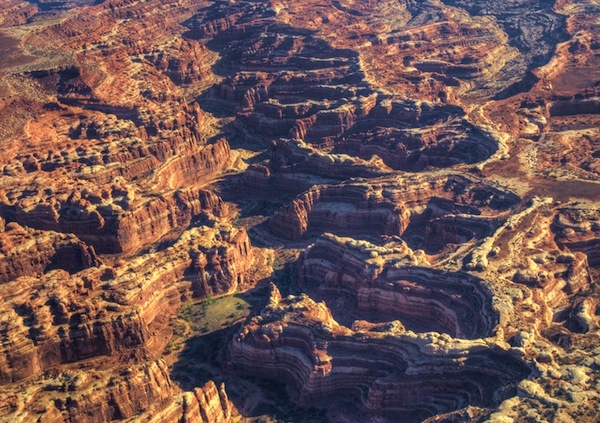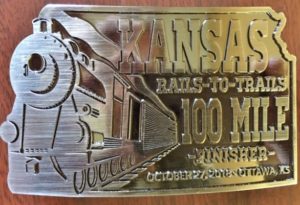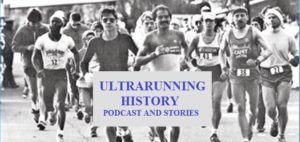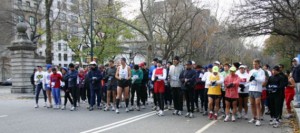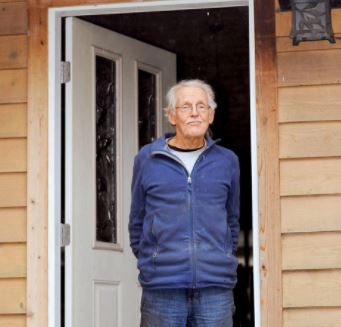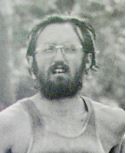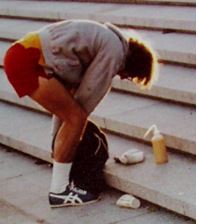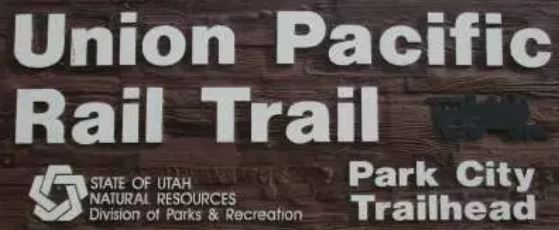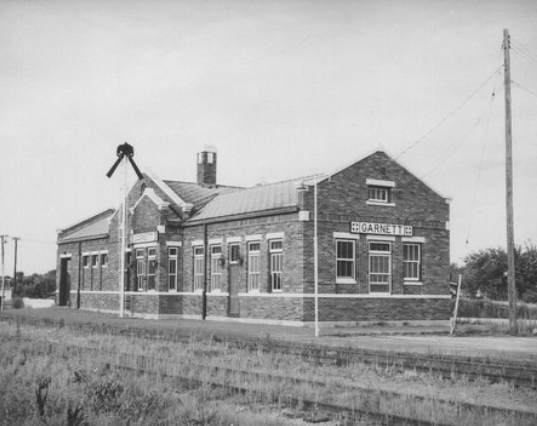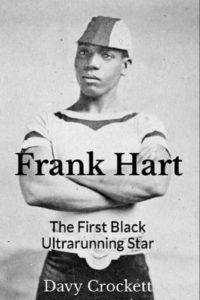 New Book! I’ve started to compile some of my research and stories in books. The first is about Frank Hart (1856-1908) from Boston, Massachusetts.
New Book! I’ve started to compile some of my research and stories in books. The first is about Frank Hart (1856-1908) from Boston, Massachusetts.
In 1879, just twelve years after the Civil War ended, Frank Hart of Boston, Massachusetts, became the first black running superstar in history, and the most famous black athlete in America. In a sense, he was the Jackie Robinson of the sport of ultrarunning in the 19th century, overcoming racial barriers to compete at the highest level in the world, in the extremely popular spectator sport of ultrarunning/pedestrianism.
Frank Hart’s full story has never been told before. It is an important story to understand, both for the amazing early inclusiveness of the sport, and to understand the cruel racist challenges he faced as he tried to compete with his feet and sometimes with his fists. He was the first black pedestrian to compete against whites in high-profile, mega-mile races in front of tens of thousands of people.
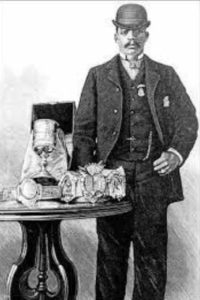 This biography also presents twenty-three years (1879-1902) of the amazing pedestrian era history as experienced by Hart when ultradistance running was the most popular spectator sport in the country. He competed in at least 110 ultras, including eleven in Madison Square Garden, where he set a world record, running 565 miles in six days in front of tens of thousands of spectators and wagerers. During his running career, he won the equivalent of $3.5 million in today’s value and lost it all.
This biography also presents twenty-three years (1879-1902) of the amazing pedestrian era history as experienced by Hart when ultradistance running was the most popular spectator sport in the country. He competed in at least 110 ultras, including eleven in Madison Square Garden, where he set a world record, running 565 miles in six days in front of tens of thousands of spectators and wagerers. During his running career, he won the equivalent of $3.5 million in today’s value and lost it all.
Get it on Amazon. Paperback 128 pp. or Kindle version. Loaded with historic pictures.



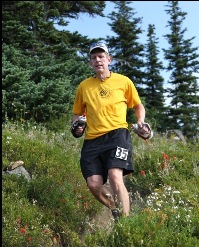 The journey to becoming an ultrarunner has many varied paths. I personally never dreamed to be a runner of any kind and in fact most of my life, pretty much despised running. But along these unexpected paths, running somehow evolved. This story is mostly for me, to look back and understand where I came from, but it also may be of interest to others as they too become an ultrarunner. Perhaps this is my runner memoirs. It is an attempt to bring together many of my experiences and lessons learned over the years. In 2018 I finished my 100th 100-miler.
The journey to becoming an ultrarunner has many varied paths. I personally never dreamed to be a runner of any kind and in fact most of my life, pretty much despised running. But along these unexpected paths, running somehow evolved. This story is mostly for me, to look back and understand where I came from, but it also may be of interest to others as they too become an ultrarunner. Perhaps this is my runner memoirs. It is an attempt to bring together many of my experiences and lessons learned over the years. In 2018 I finished my 100th 100-miler.